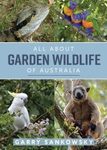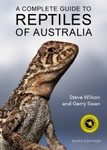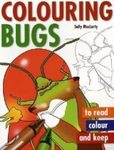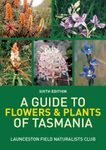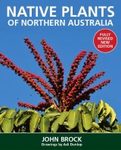Field / Identification Guide
By: Volker W Framenau(Author), Barbara C Baehr(Author), Paul Zborowski(Author)
448 pages, 450 colour photos, b/w illustrations
![A Guide to the Spiders of Australia A Guide to the Spiders of Australia]()
Click to have a closer look
About this book
Customer reviews
Biography
Related titles
About this book
Few animals rival spiders in their diversity of forms and colour, ecological abundance and importance, and complexity of behaviours. Spiders have inspired awe amongst arachnologists and naturalists, and at the same time are feared by many. The Australian continent and its offshore islands and territories harbour an estimated diversity of some 8,500 species in 850 genera and 79 families; however, only about 3,500 species in about 650 genera are currently described.
The smallest Australian spiders measure less than one millimetre long when fully grown and the largest easily exceed the span of a large man’s hand. Spiders are mostly terrestrial arthropods, but some specialists inhabit the intertidal zones of the Australian shores. The local fauna also includes peculiar subterranean representatives, including the enigmatic Tasmanian and Nullarbor Cave Spiders, in addition to tiny, pale and blind hunters in the underground voids, fissures and crevices of this ancient continent.
A Guide to the Spiders of Australia is the first comprehensive guide to Australian spiders to cover all 79 families that occur in this country. Almost 400 colour photos of live spiders and about 50 images of their webs are complemented by 50 microscopic shots taken in the laboratory to illustrate the very smallest of spiders. A number of scientific drawings clarify particular features of spiders.
Customer Reviews
Biography
Dr. Volker W. Framenau is a professional zoologist who has published internationally on the taxonomy and systematics, ecology and behaviour of spiders and other invertebrates.
Dr. Barbara Baehr is an internationally recognised research scientist and spider taxonomist who has made major contributions to documenting invertebrate biodiversity by describing some 600 new spider species – most of them from Australia.
Paul Zborowski is an entomologist and photographer, researching and illustrating invertebrates around the world. He is a field-based scientist, spending long periods in the bush.
Field / Identification Guide
By: Volker W Framenau(Author), Barbara C Baehr(Author), Paul Zborowski(Author)
448 pages, 450 colour photos, b/w illustrations




























